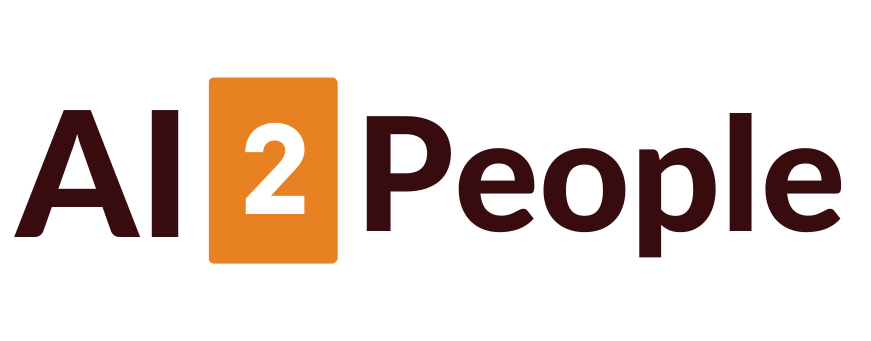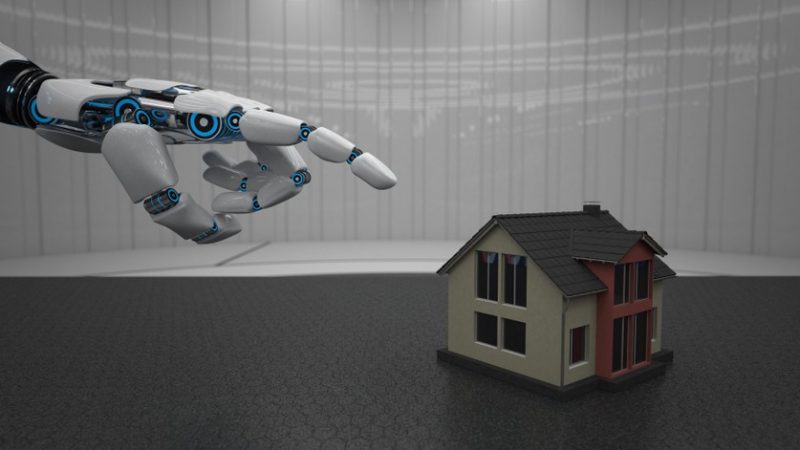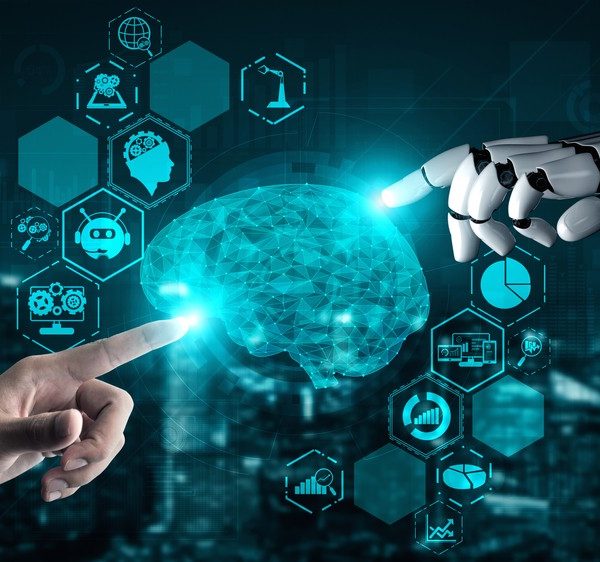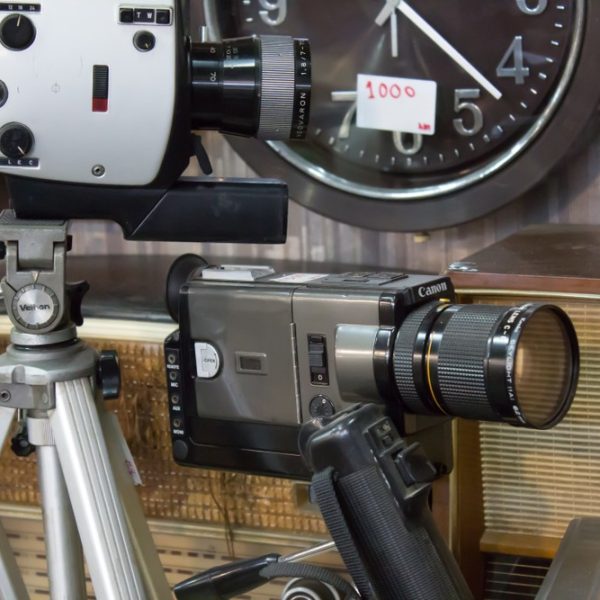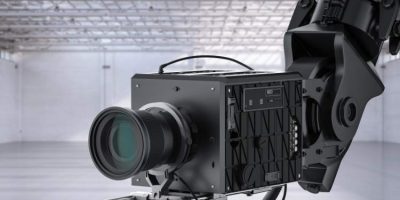
AI in Space: How Can it be Used?
Artificial intelligence (AI) has been a game-changer in various industries, and the field of space exploration is no exception. The partnership between NASA and tech giants such as Google, IBM, and Intel has paved the way for the development of advanced AI technologies that are set to revolutionize the way we explore space.
In this article, we delve into the exciting world of AI in space and explore the different ways in which it is being implemented to drive the mission of exploring the unknown. From predictive maintenance to autonomous rovers, AI is transforming the future of space sciences.
Predictive Maintenance: Keeping Spacecrafts Safe and Functional
One of the significant challenges of space exploration is the distance between Earth and the spacecraft. It takes a considerable amount of time for signals to reach a spacecraft, which means that any issues that arise may take a while to detect and fix. AI can help bridge this gap by providing predictive maintenance.
With AI, engineers can analyze data from sensors and other instruments in real-time, enabling them to predict potential issues before they occur. This allows for preventative measures to be taken to ensure that the spacecraft remains safe and functional.
Autonomous Rovers: Exploring the Surface of Other Planets
The exploration of other planets has always been a fascinating topic. However, the harsh environments and extreme conditions make it difficult for human exploration. This is where AI-powered rovers come into play.
AI-enabled rovers can navigate and explore the surface of other planets autonomously. They can analyze the terrain, take images, and collect data without the need for human intervention. This not only saves time and money but also reduces the risk to human life.
Spacecraft Trajectory Optimization: Maximizing Efficiency and Saving Fuel
Navigating through space requires precise calculations and trajectory planning. AI can help optimize spacecraft trajectories, resulting in significant fuel savings and increased efficiency.
By analyzing data from sensors and other instruments, AI can determine the most efficient trajectory for a spacecraft. This results in reduced fuel consumption, which not only saves money but also reduces the impact of space exploration on the environment.
Read Also: How Can AI Transform the Transportation Industry?
Artificial Intelligence in Space Exploration: Mission Designing and Assistive Technologies for Astronauts
Space exploration is a top priority for NASA, with missions to planets like Mars providing valuable insights into our universe. To ensure the success of these missions, NASA invests a significant amount of time and effort into mission planning and design. This is where artificial intelligence (AI) comes in, with NASA developing AI assistants to help with the planning process.
Using AI for Mission Design and Planning
NASA is currently developing an AI assistant that would help with the engineering of future space missions. By feeding data from previous missions into the assistant, it can quickly scan through all the information and select the most relevant data to present to engineers and scientists. This would significantly reduce the time spent on searching for the right information and minimize the risk of errors.
Apart from this, NASA has already developed an AI assistant name Daphne, which provides instant feedback on questions and queries related to Earth observation satellite systems. The assistant is designed to make the planning of these systems more efficient and faster.
Using AI for Assistive Technologies for Astronauts
AI is also proving useful in the development of assistive technologies made specifically for astronauts. For example, Cimon is a virtual assistant installed in spaceships and available to astronauts. It provides vital information during a mission, offers answers to queries, and detects potential hazards that astronauts need to be aware of.
Another project currently in development is Robonaut, a robotic machine that will be equipped with advanced AI to perform tasks that would be dangerous for astronauts to do in space. This will significantly reduce the risk of injury and ensure the safety of astronauts during missions.
Satellite Data Processing: Revolutionizing Meteorology with AI
Satellites have been providing meteorologists with valuable data for decades, but the process of analyzing that data has always been time-consuming and laborious. That is, until now. Thanks to advancements in artificial intelligence (AI), we can now process satellite data faster and more accurately than ever before.
Read Also: How AI Can Make Weather Better?
Estimating Wind Speed with AI
A recent study conducted by a team of researchers used AI technology to estimate wind speed based on meteorological data collected by satellites. The results were impressive, providing evidence that AI can be used to process data from satellites with incredible accuracy.
Processing Satellite Data at Lightning Speeds
Satellites collect data from various regions of the planet and transmit it back to ground offices. Traditionally, this data was processed manually by humans, which could take a lot of time and effort. However, with the use of AI technology, we can now analyze satellite data at lightning-fast speeds.
AI Mapping for Space Navigation
AI technology is not only revolutionizing meteorology but also space navigation. Technologies have been developed that can analyze millions of images taken by satellites and space exploration missions. By processing this data, AI can help map out planets and improve navigation for future space missions.
Read Also: Artificial Intelligence in Cars: Uses of AI in the Auto Industry
Improving Navigation for Future Space Missions
Mapping out planets accurately is crucial for future space missions, as it helps astronauts navigate and plan their journeys. By using AI to analyze data from satellites, we can gain a better understanding of the planets we are exploring and plan our missions accordingly.
New Planet Discovery with Artificial Intelligence: The Future of Space Exploration
The search for life on other planets has been one of the most intriguing and exciting quests of human beings. While no signs of life have been found yet, the discovery of new planets has expanded our understanding of the universe. Recent studies have shown that there are many more planets than previously thought, and NASA is at the forefront of identifying them using advanced technologies, including artificial intelligence (AI).
Using AI to Identify New Planets
NASA is exploring various ways to leverage AI to help identify new planets beyond our solar system. The process involves analyzing data from satellites and previous space missions. The AI technology uses algorithms to analyze the data and detect patterns that may indicate the presence of new planets. By utilizing both previously collected information and live data from satellites, scientists can increase their chances of identifying new planets.
The Role of Data in Planet Identification
Data plays a crucial role in the identification of new planets. NASA collects data from various sources, including the Kepler Space Telescope and the Transiting Exoplanet Survey Satellite (TESS). This data is then analyzed using AI algorithms to detect patterns that may indicate the presence of new planets.
The data collected from these missions is invaluable in helping scientists determine where new planets may be located. By analyzing the data, scientists can look for specific patterns in the light emitted by stars, which may indicate the presence of a planet orbiting around it. By studying the light curves, scientists can determine the planet’s size, distance from its star, and even its composition.
Partnerships Between NASA and Tech Giants
NASA is partnering with leading tech giants specializing in AI to develop advanced technologies that can help with space exploration. By collaborating with these companies, NASA can leverage their expertise in AI to develop new algorithms and tools that can help identify new planets and assist astronauts in their missions.
Read Also: Best 10 Automotive Artificial Intelligence Companies
The Future of Space Exploration
The use of AI in identifying new planets is just one example of how technology is revolutionizing space exploration. NASA is continually exploring new ways to leverage technology to help astronauts and scientists in their missions. The use of AI not only helps scientists identify new planets, but it can also be used to analyze data collected from satellites and assist astronauts in their work.
In Conclusion
The search for life on other planets has been a long-standing quest of human beings, and recent discoveries have expanded our understanding of the universe. NASA’s partnership with leading tech giants specializing in AI has allowed for the development of advanced technologies that can assist in space exploration. The use of AI in identifying new planets is just one example of how technology is transforming the future of space exploration. With continued advancements in technology, the possibilities for space exploration are limitless.
